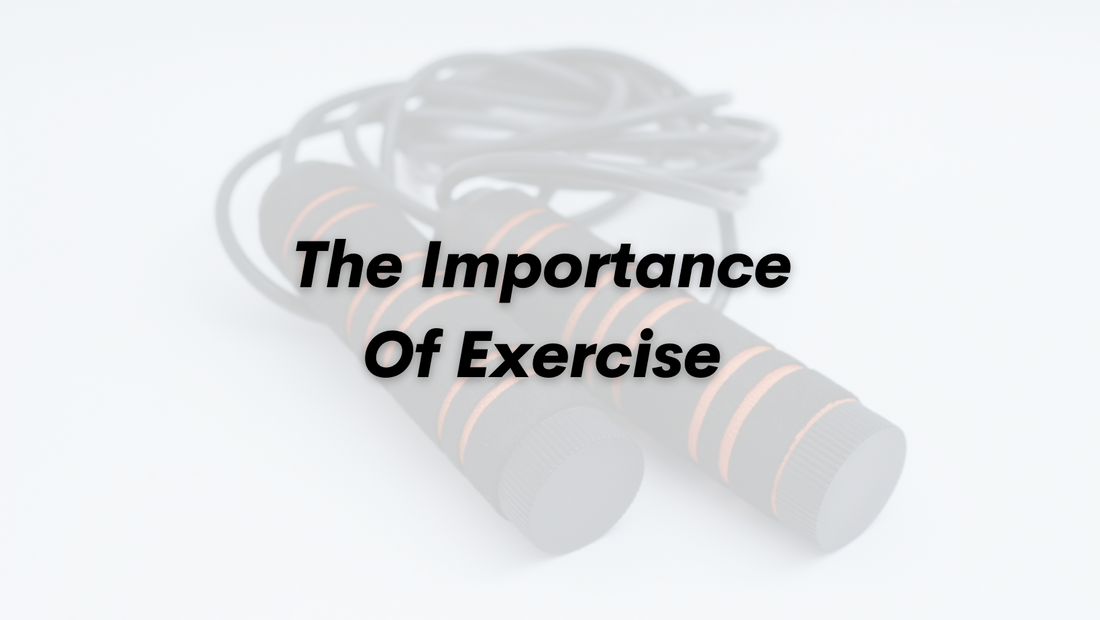The benefits of exercise are well known. However, in the age of technology, people are finding it easier to be more sedentary in their lifestyles. This is causing an increase in obesity, leading to many diseases and health problems later in life.
A healthy way for someone to start working out is by incorporating small changes into his or her lifestyle. These changes can add up in the long run, and often times they are simple to do.
Some of these minimal changes can include: taking the stairs instead of an elevator or a moving walkway, walking around the office during a lunch break, biking to work instead of driving, parking a little further away from your destination, and doing some easy exercise like pushups or sit-ups during TV commercials.
These bits of exercise can easily be added into one's daily routine without the person even noticing it, but over time they can really make a difference. Therefore if someone wants to start working out, he or she should initially focus on little changes to the daily routine rather than trying to dedicate a lot of time and effort into drastic changes.
“There are many facets related to maintaining bone health, including
genetic, intrinsic, and environmental factors, but physical activity is by
far one of the strongest means to develop and maintain healthy bone mass,”
explains Ron Zernicke, PhD, DSc, director of the Bone & Joint Injury
Prevention & Rehabilitation Center at the University of Michigan.
Dr. Zernicke reviewed research from 1961 through 2009 by searching PubMed, Web of Science, and relevant edited books. The study found that three
factors—strain magnitude, strain rate, and strain frequency—are important
to the impact exercise has on bone health. “Because a high number of older
women experience osteoporosis, postmenopausal women may receive the most
benefits from improving bone mineral density (BMD) through weight-bearing
exercise. Research clearly illustrates, however, that a critical time to
develop BMD is during the pre—and early-pubertal periods. Making sure young
children exercise regularly is key to developing healthy bone structures
and long-term injury prevention. Regardless of age, weight-bearing
exercises are extremely beneficial,” explains Zernicke.
He states that while most exercises provide an increase in bone density, there are a few in particular that are the most beneficial according to his meta—analysis. For instance, those that put a larger strain on the body (e.g., gymnastics, dance, and power sports such as weight lifting), those that have a higher strain rate (e.g., jumping activities), and those that have a higher strain
frequency (e.g., running) also appear to increase bone density.
The research also noted previous studies in which the benefits of exercise were
achieved with less time-consuming programs (such as twelve minutes, three
days a week). Interval training, involving short rests in between continuous movement, was also found to make a difference in bone mineral density (BMD) levels. Zernicke concludes, “There still isn’t a ‘gold-standard’ for the best blend of these *three facets of exercise-strain magnitude, strain rate, and strain frequency,* but we do know that exercise is directly linked to bone health and can help prevent bone loss and possible fractures. In the end, weight-bearing exercise, even for just twenty minutes per day, can strengthen your skeleton significantly.”
Gretchen Reynolds in a New York Times article written November 2009 on the
best exercises for healthy bones tells us” In 2009, The Journal of the American Medical Association published a study that found that although the number of hip fractures has declined in recent decades, the 12-month mortality rate associated with the injury still hovers at more than 20 percent, meaning that, in the year after fracturing a hip, about one in five people over age 65 will die.

